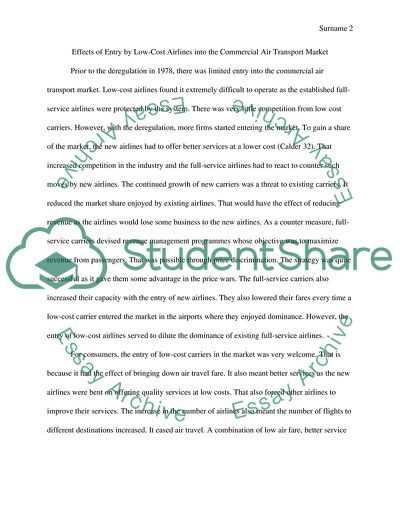Microeconomic Theory course paper assignment Essay. https://studentshare.org/macro-microeconomics/1875352-microeconomic-theory-course-paper-assignment
Microeconomic Theory Course Paper Assignment Essay. https://studentshare.org/macro-microeconomics/1875352-microeconomic-theory-course-paper-assignment.


